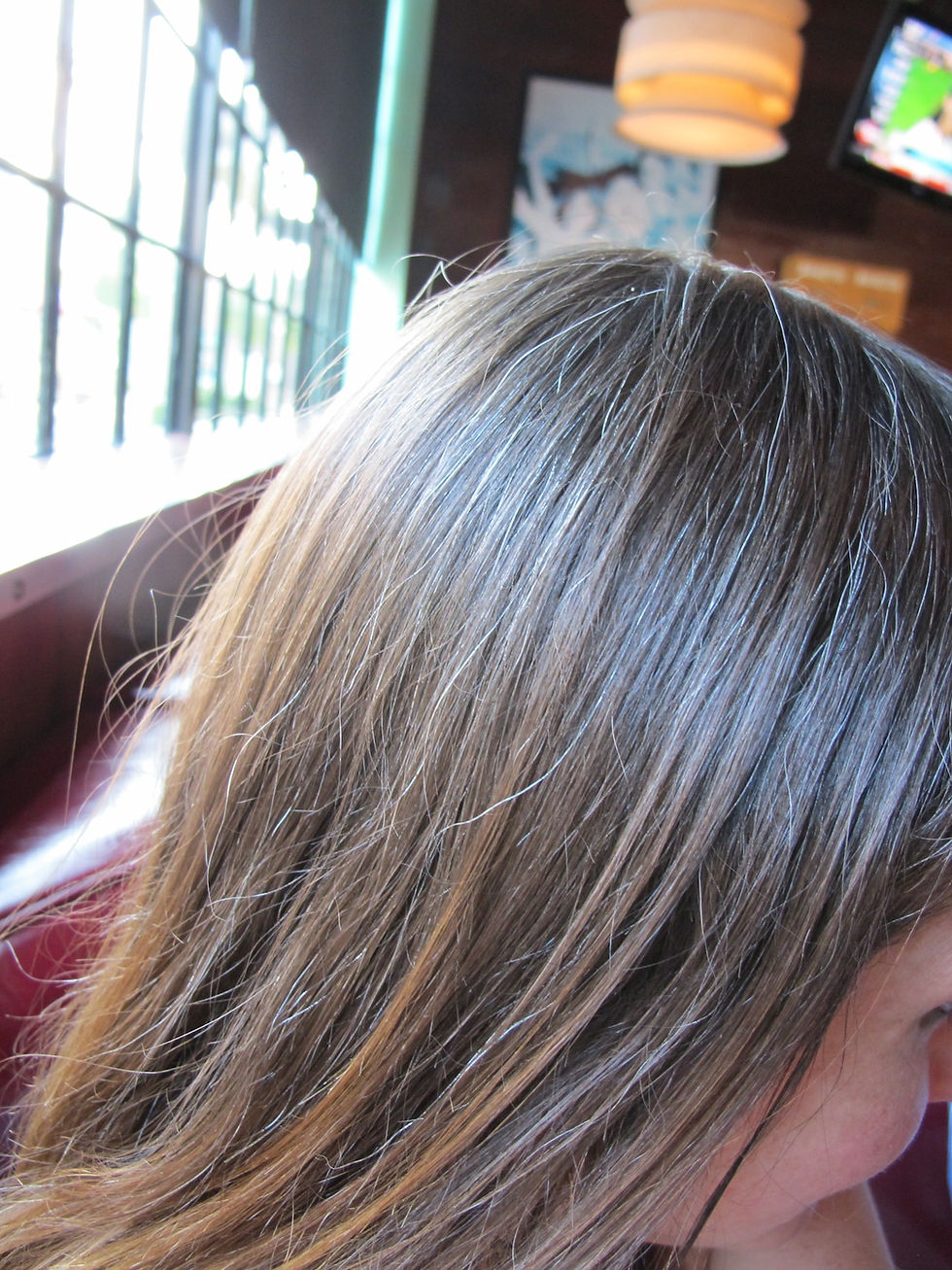Deja Vu: The Mystery Continues...
- Joanne Lee
- Sep 1, 2021
- 2 min read
By Ananya MP
Merriam-Webster defines deja vu as an illusion of remembering scenes and events when experienced for the first time. In simple terms, the sudden feeling of familiarity is deja vu.

60 to 80% of people experience this phenomenon, most being from the age of 15-25 years. The opposite of deja vu is jamais vu, which means unfamiliarity with a situation that is actually familiar.
For instance, while having a conversation, you might suddenly have the uncanny notion of having had the exact same conversation before even though it is the first time. This bizarre feeling is deja vu. Emile Boirac, a French philosopher, coined deja vu as a French word for ‘already seen’!
There are approximately 40 theories explaining deja vu. Note that there is no one standard explanation for deja vu. Below are some of the prominent ones.
THEORY 1: DELAYED PROCESSING
When you see something, the information runs to your brain in different pathways. If one pathway goes a little bit slower or a little bit faster than the other, our brain might store the experience as two different experiences, even though the time difference is very insignificant.
THEORY 2: EPILEPSY
Recurring experiences of deja vu have been recorded in people with frontal lobe epilepsy. The patients are said to have experienced deja vu right before seizure. This hints that the frontal lobe forms a connection between memory and deja vu, but this theory is not completely proven due to the lack of data from studies.
THEORY 3: FALSE MEMORY
Some researchers triggered deja vu by filling in false memories in the participants. After seeing their MRI scans, it was noticed that the memory part of the brain did not light up, but the decision-making part did. This suggests that people who don't have deja vu simply have better memory since they don't get perplexed about what is real.
THEORY 4: HOLOGRAM THEORY
The hologram theory was proposed by a Dutch psychiatrist Hermon Sno. According to this theory, memories are stored in the form of a hologram. With just a piece you can recreate an entire image in a hologram; similarly, a tiny detail in the surrounding would trigger a memory from the part causing deja vu.
Some sources suggest that when you encounter a situation similar to the situation in the past but fail to recall it, a very minute misfiring occurs in the synapse, causing an illusion that provokes deja vu.
It is hard to study deja vu since scientists cannot sit around waiting for it to occur so that they can record it. It is important to know that deja vu is a completely harmless process; in other words, ‘just a hiccup in the brain’!
EDUCATIONAL CONTENT
1. Why don't people above the age of 25 get deja vu?
People above the age of 25 have a better understanding of what's real and have a better memory to differentiate between what's happened and what's not. Hence the chances of deja vu reduces.
2. Is deja vu bad?
Generally NO, deja vu often has no serious cause. Although, rarely it may be associated to epilepsy.
CITATIONS
PIC CREDITS




Very well written!